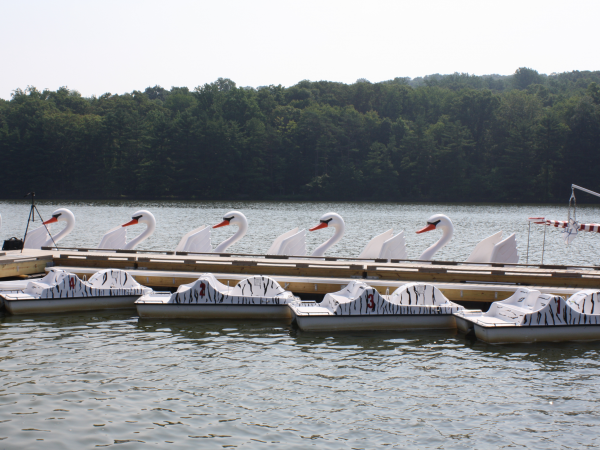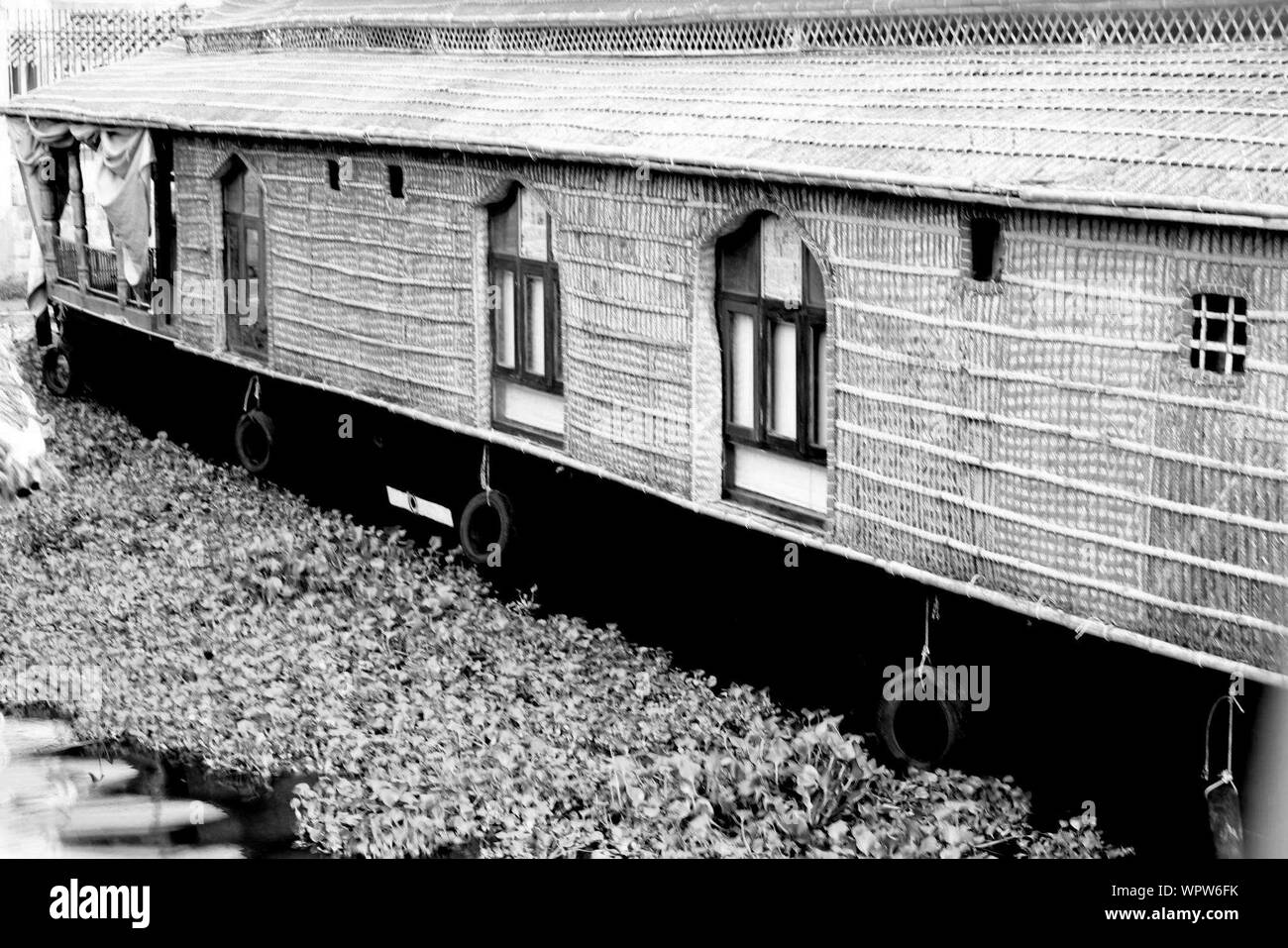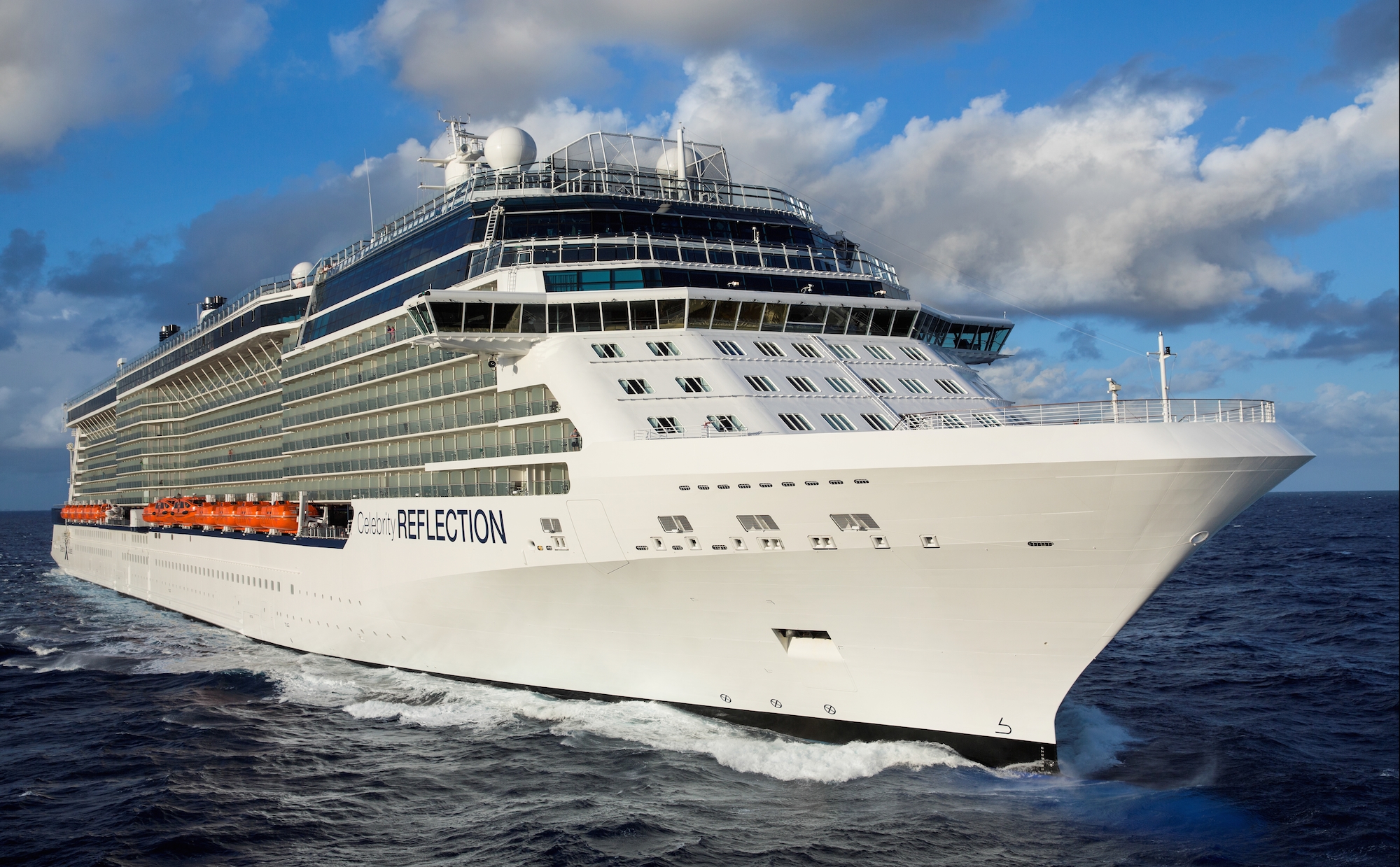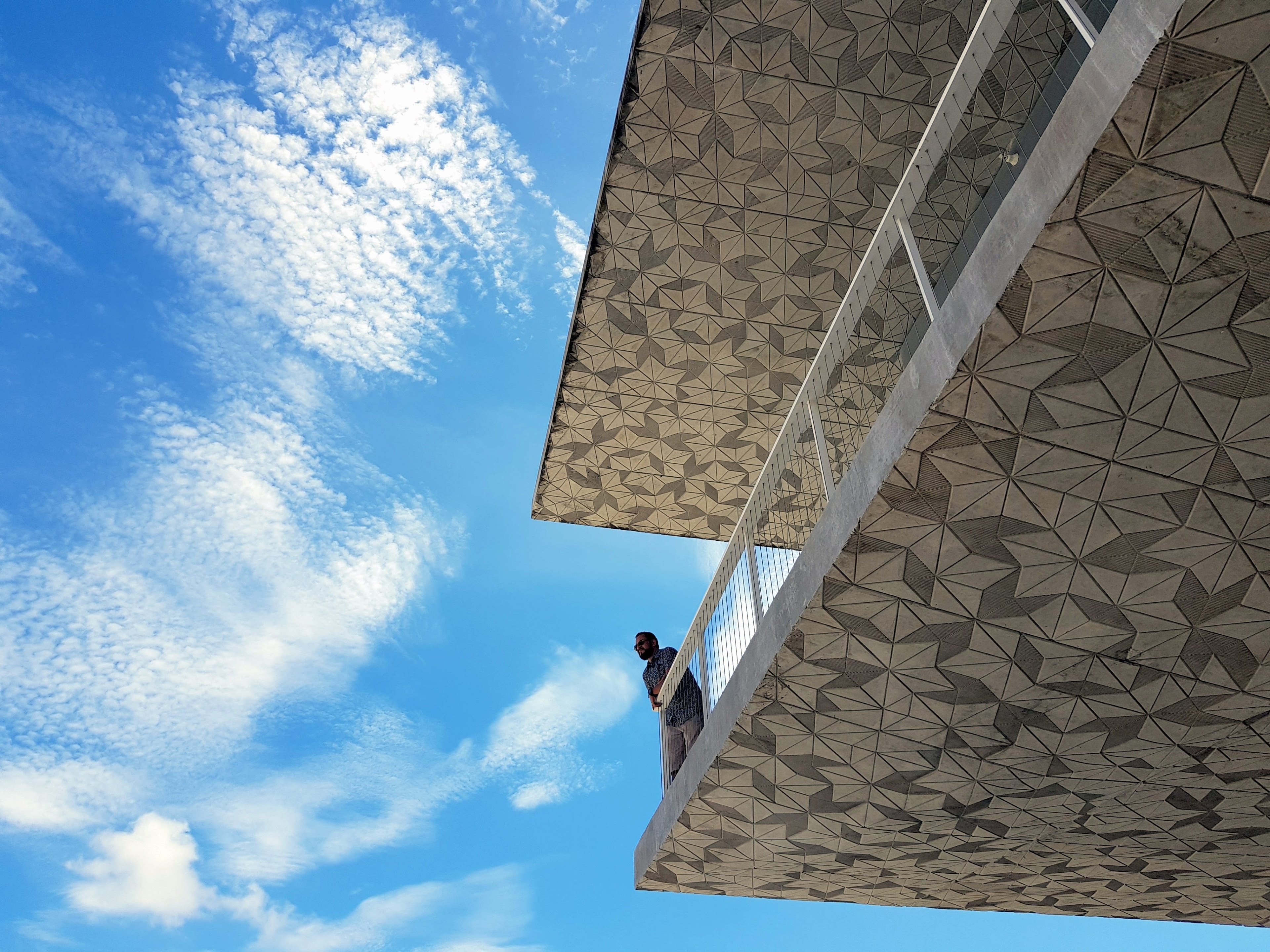Table Of Content
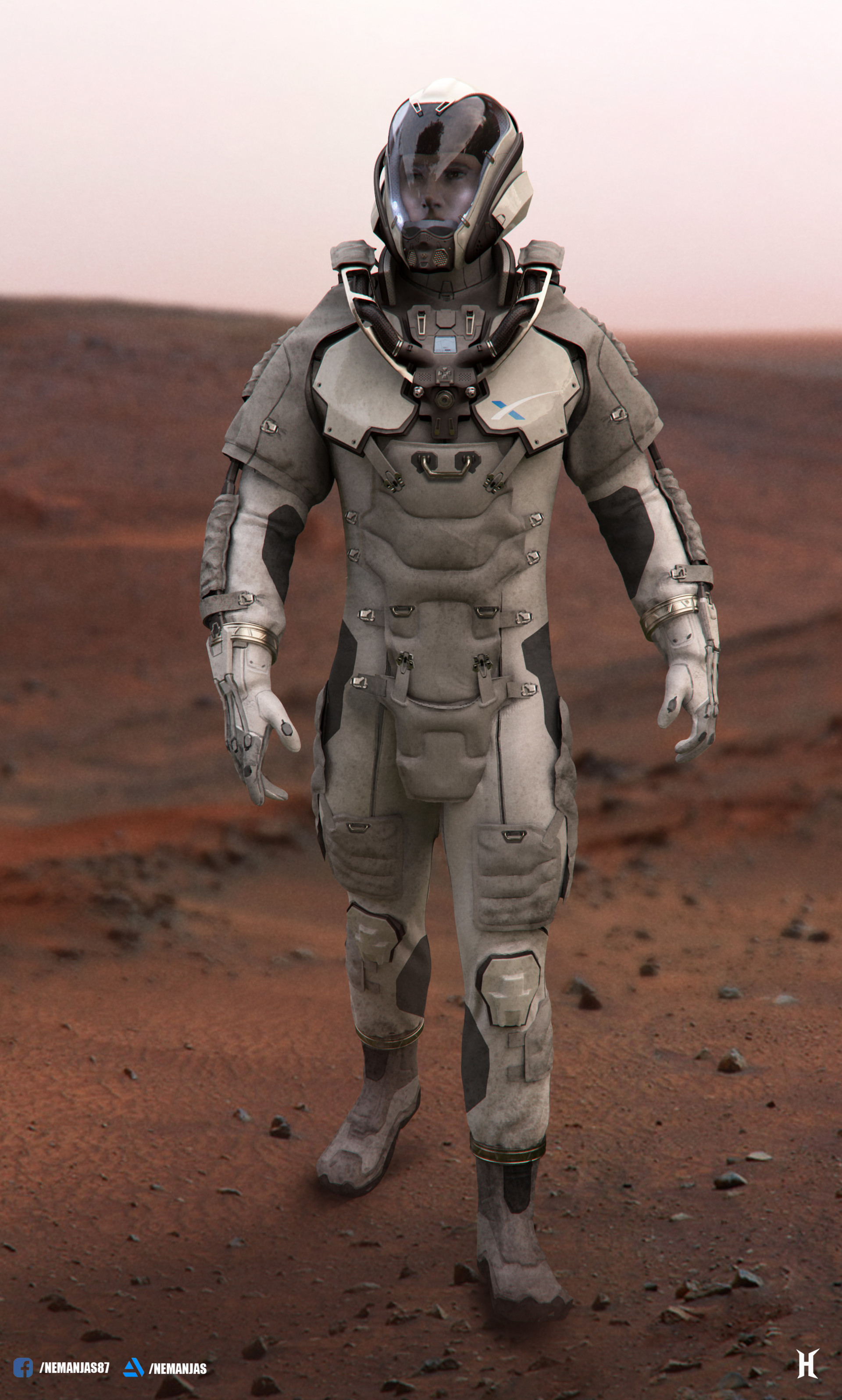
Artemis III will land astronauts, including the first woman, on the Moon to advance long-term lunar exploration and scientific discovery, and inspire the Artemis Generation. NASA selected Axiom Space to deliver the moonwalking system, including the spacesuit, for the mission. Called the Axiom Extravehicular Mobility Unit, or AxEMU, the spacesuit builds on NASA’s spacesuit prototype developments and incorporates the latest technology, enhanced mobility, and added protection from hazards at the Moon. The modern suits, which are called Axiom Extravehicular Mobility Units, or AxEMUs, build on work that NASA staffers have already been doing to develop advanced spacesuit designs.
More from Science
The precise look of the suits, however, remained a closely guarded trade secret. Those on display came with an outer layer that was charcoal gray with dashes of orange and blue and Axiom’s logo on the chest – intended to obscure Axiom’s proprietary outer fabric design. All 12 Nasa astronauts who landed on the moon during a total of six Apollo missions from 1969 to 1972 were white men.
Upcoming Events
The new suits, which act as “personal spaceships” for the astronauts, will benefit from cutting-edge technologies that were not available these decades past, such as improved mobility and innovations in life support systems. The Mercury IVA, the first U.S. space suit design, included lights at the tips of the gloves in order to provide visual aid. As the need for extravehicular activity grew, suits such as the Apollo A7L included gloves made of a metal fabric called Chromel-r in order to prevent punctures.
Washington State High Schooler Wins 2024 NASA Student Art Contest
They quickly found it difficult to walk around normally in microgravity, and they were also very careful to avoid any dangers. The solution is to use bearings, since they rotate around a single point and ensure a constant amount of volume. The old Apollo suits used bearings only in the arms, because it was basically a multipurpose suit (used for both launch and entry, as well as lunar exploration). It needed to be light enough to accommodate all these different situations, and too many bearings could have weighed it down. An engineer-artist duo wants to create sleeker spacesuits that meet the challenges of a low-pressure environment while offering more mobility—and looking cool.
See the New Moonwalk Spacesuit Designed for NASA’s Artemis Program
Since then, David Clark has played an instrumental role in designing almost every generation of space suit. CFT will see NASA astronauts Butch Wilmore and Suni Williams do an approximately 10-day shakedown cruise to the ISS to assess the performance of Starliner and all of its related hardware, including the Boeing-made spacesuits. Boe and astronauts Bob Behnken, Doug Hurley and Suni Williams are training for flight tests using spacecraft under development for NASA’s Commercial Crew Program, including Boeing’s Starliner and SpaceX’s Crew Dragon systems. The hip mobility bearings in particular are a big deal for moonwalking (no, not that kind of moonwalking). Apollo astronauts weren’t spending a whole lot of time on the surface of the moon during their missions, and the time they did spend was largely to just get to know this new environment.
It also helps regulate temperature and monitors overall suit performance, emitting warnings if resources fall low, or if there is a system failure. Miniaturization of electronics and plumbing systems have made it possible to build in duplicates for much of the system, making some failures less of a concern. The duplication also increases safety and could increase spacewalk durations.
Helmets also contain a small foam block that astronauts can use to scratch their noses. Outside of this bubble is a protective visor that keeps the pressure bubble from getting bumped or scratched. The sun visor has a special gold coating that works like the astronaut’s sunglasses. Together, the movable sun visor and sun shades protect the astronaut from the sun’s strong rays, while still allowing a clear visual field.

Why Do Astronauts Need Spacesuits?
Interest in space will highlight the fact “that we’re taking extreme measures to get away from this mess that we created ourselves, and that we could probably find a way to fix,” he says. The Orion suit is quite different from the suit Jacobs created for the Starliner, the International Space Stationshuttle. Because as many as five passengers are cramped in 11.3 cubic meters, the suits had to be light and compact, and the helmets were made to be softer and more flexible. While the suit is Axiom’s own design, it makes extensive use of the earlier NASA work.
Collins Aerospace Tests NASA Space Station Suit in Weightlessness - NASA
Collins Aerospace Tests NASA Space Station Suit in Weightlessness.
Posted: Mon, 12 Feb 2024 08:00:00 GMT [source]
Here’s the new spacesuit that astronauts will wear when they return to the Moon
The 2009 contest required the glove to be covered with a micro-meteorite layer. Several companies and universities are developing technologies and prototypes which represent improvements over current space suits. The outermost layer of a space suit, the Thermal Micrometeoroid Garment, provides thermal insulation, protection from micrometeoroids, and shielding from harmful solar radiation.
Hear from a spacesuit systems engineer who explains what will be needed in the design and operation of a spacesuit on the Red Planet. Advanced suits better regulate the astronaut's temperature with a Liquid Cooling and Ventilation Garment (LCVG) in contact with the astronaut's skin, from which the heat is dumped into space through an external radiator in the PLSS. The same hands spacewalkers use for locomotion are also key tools for building and maintaining the space station – and a first-line of defense against the vacuum of space. Early attempts at pressure suits stemmed from the recognition that piston engine aircraft using turbochargers were able to fly at altitudes that now posed new dangers for pilots. Lye believes that it will happen again when we explore Mars and enter the new space travel era.
NASA selected the company to develop the modern suits for the Artemis III mission and participated in activities when the first prototype was revealed Wednesday during an event at Space Center Houston in Texas. At the unveiling event this week, Axiom Space engineer Jim Stein modeled the suit for students and members of the media. Using a staff for balance, Stein did squats and lateral lunges on stage to show off the suit’s maneuverability. He explained how astronauts will get into the suit via a hinged hatch on its backside. Beginning in May 2006, five North Dakota colleges collaborated on a new space suit prototype, funded by a US$100,000 grant from NASA, to demonstrate technologies which could be incorporated into a planetary suit. The suit was tested in the Theodore Roosevelt National Park badlands of western North Dakota.
For all that, however (and that is a big deal), the total effect is still very much within the recognizable spacesuit tradition, at least to the untrained eye. Explore 50 years of spacewalking history, beginning in 1961, in this pictorial timeline of milestones reached … and those to come. “We slogged through some of the real engineering challenges and now we are getting to the point where those challenges are largely behind us and it’s time to get on to the rubber meeting the road,” Ferguson said. ADU maker Cosmic is introducing 100 ADUs for California homeowners starting at $279,000, outfitted with solar power storage and water reclamation systems to make off-grid living a reality. Designed + built by students at IAAC, MO.CA (MOBILE CATALYST) is a modern, self-sufficient mobile home with all the amenities you need to live on the road. Nasa promises that subsequent Artemis missions will include the first person of colour on the moon.
Find out how NASA research and development are shaping spacesuits for the Artemis generation. As will the fact that the suit is essentially gender nonbinary and created with a variety of adjustable parts to fit all sizes of bodies and allow for increased flexibility. A very early fictional account of space suits can be seen in Garrett P. Serviss' novel Edison's Conquest of Mars (1898).
Assuming all goes well and launch schedules hold, the first operational six-month mission by astronauts aboard Boeing's spacecraft — known as Starliner-1 — will then take place in early 2025. From this point, Boeing will continue fit checks and other testing alongside the astronauts as all the teams train for the missions and push toward flight tests. The new Starliner suit’s material lets water vapor pass out of the suit, away from the astronaut, but keeps air inside. Materials in the elbows and knees give astronauts more movement, too, while strategically located zippers allow them to adapt the suit’s shape when standing or seated. It’s really part of the vehicle, so we think of it as kind of a suit seat system,” says SpaceX spacesuits and crew equipment manager Chris Trigg.
Some keep oxygen in the suit while others protect astronauts from space dust. The suits protect astronauts from getting too hot or cold and also give astronauts oxygen to breathe while they are working in space. Space dust may not sound very dangerous, but when a tiny object is moving many times faster than a bullet, it can cause injury. Spacesuits also protect astronauts from radiation in space, and are equipped with special, gold-lined visors to protect astronauts’ eyes from bright sunlight. The suit features a large clear helmet bubble for enhanced fields of view, with lights and camera integrated into it.
They’ll have a HUD (heads-up display) for astronauts to access important information on the go. High-definition shoulder cameras will help record journeys as if right from the astronaut’s own eyes. Branded by Axiom as the “Axiom Extravehicular Mobility Unit,” or AxEMU for short, the new suits are more streamlined and flexible than the old Apollo suits, with greater range of motion and variability in size and fit.

